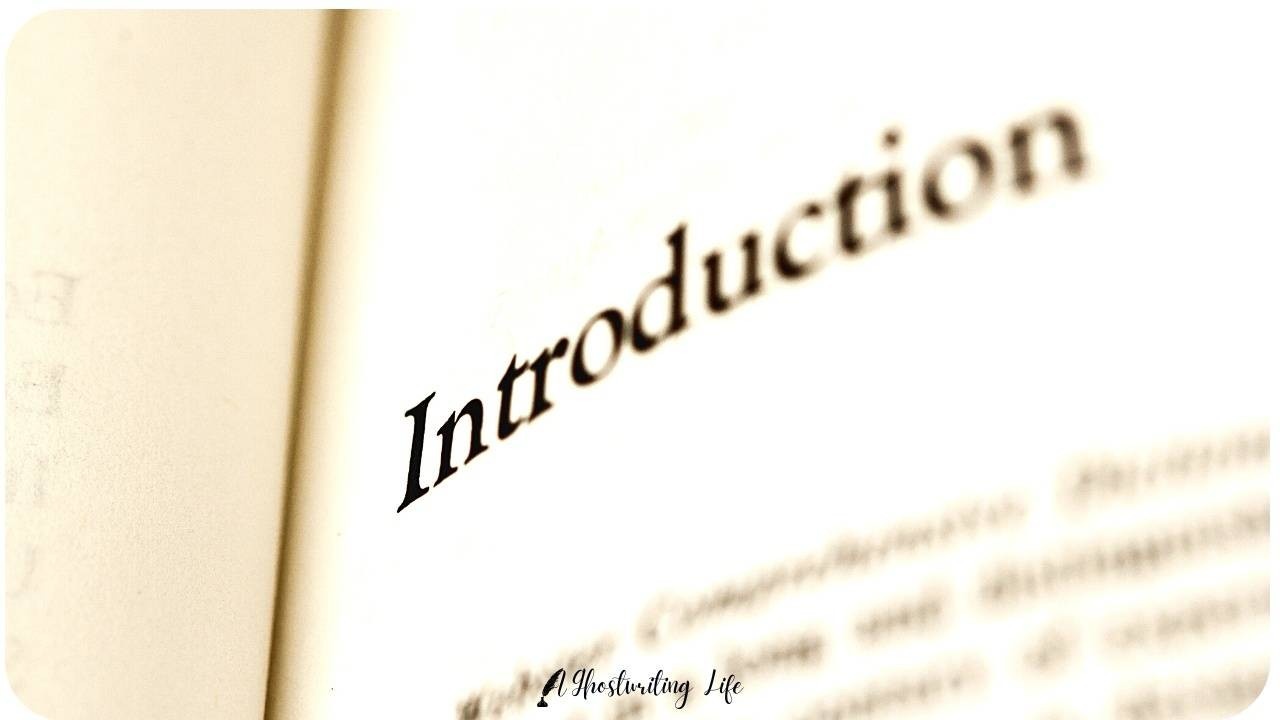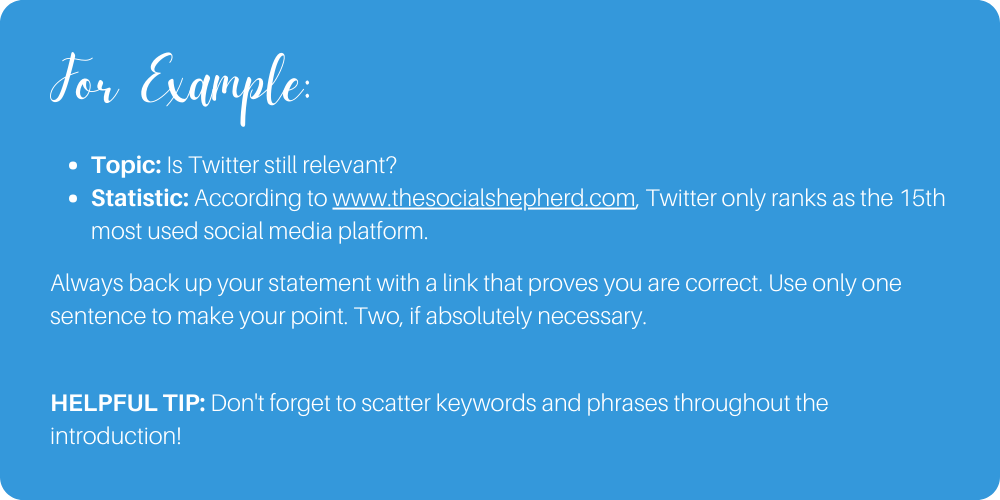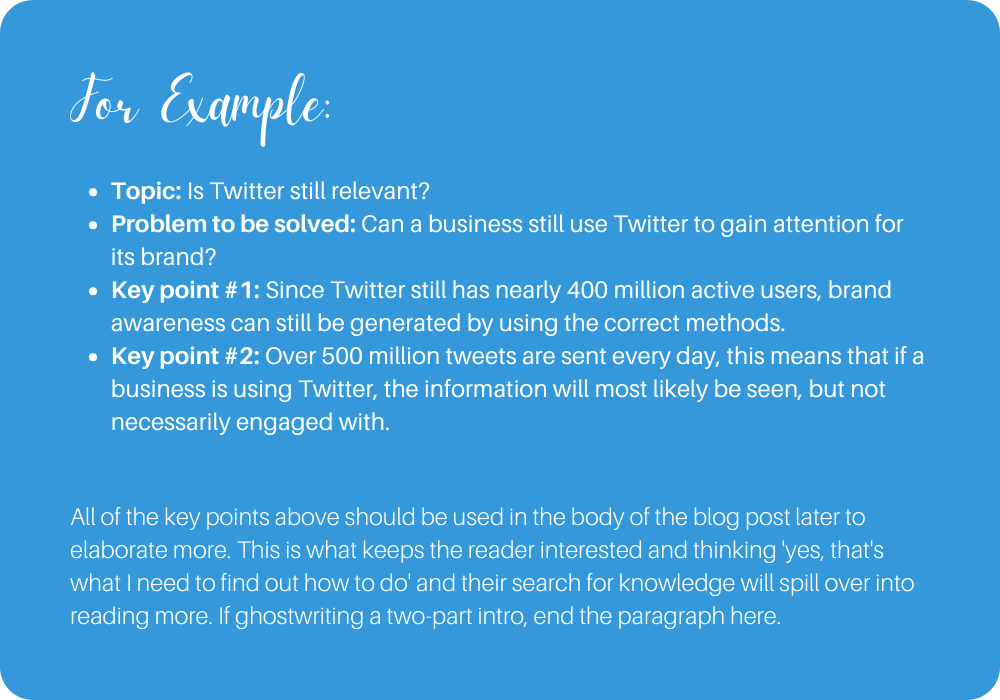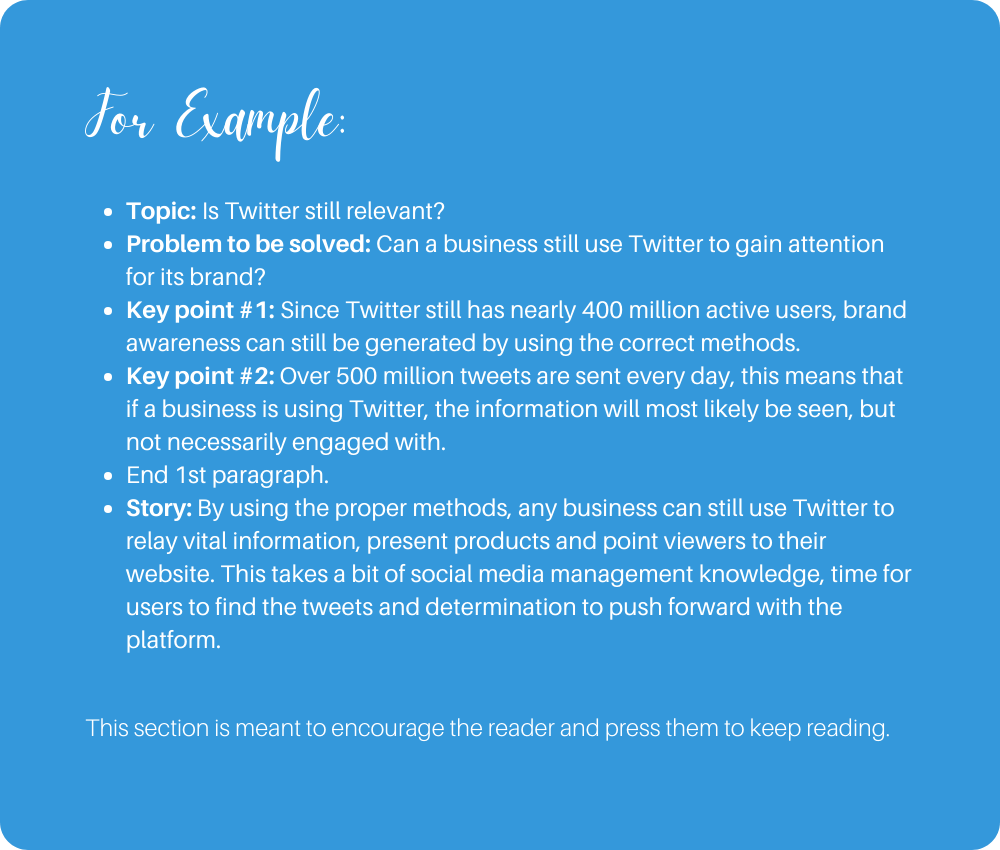How to Ghostwrite the Ultimate Blog Post Introduction

Listen up, aspiring and seasoned ghostwriters. Crafting the perfect introduction to a blog post isn’t just a flair. It’s the red carpet rollout for your content. Get this straight. Your intro sets the stage, woos the reader, and teases them into committing. “What’s next?” they should be wondering. Because let’s be honest when you ghostwrite that intro like a pro, you’re not just filling space—you’re launching a full-on reader seduction.
The Two-Paragraph Ghostwritten Tease
Two gloriously constructed paragraphs that’s all you need. The first is where you roll out the red carpet, cue the drumroll, and make your grand entrance. Think of it as the opening gambit in your intricate game of literary chess. You set up the problem to make your reader say, “Finally, someone gets me!” It’s got to be tailored to your client’s branding, dripping in SEO keywords and brimming with just enough intrigue to hook them in for the long haul.
This is it! The second paragraph is your moment to shine and impress the readers even further. It’s the encore of your writing performance. This is where you tease them with a solution to their oh-so-pressing problem, giving just enough to pique their interest but not so much that they’ve got no reason to keep reading. It’s the wink across the room, the subtle nod, the “you won’t believe what happens next.” It’s where you dangle the keys to the kingdom but don’t hand them over. No, for that, they’ll have to read on. So, if you’re stuck in a word-count quagmire, then OK, squish it into one paragraph. But only if you must. Because, let’s be honest, if you can’t seal the deal in two paragraphs, what are you even doing in the ghostwriting game?
Stats and Facts are the Jazz Hands of a Ghostwritten Intro
Here’s something to consider. A well-placed statistic is the sequined glove of your Michael Jackson moonwalk, the pièce de résistance that screams, “This isn’t just another blog. It’s an experience.” Just throwing a statistic out without context is like shouting, “Look at me, I can Google!” No, my dear Watsons, your stat needs to serve your narrative. That means it has to be deeply, intrinsically connected to the issue you’re about to unravel. A good statistic is the veritable parsley on your gourmet meal—it should make people think, “Well if they know that, what else are they about to drop on me?”
But hold your horses, fact-fanatics. This is a blog post, not a Ph.D. dissertation, so keep it interesting. Once you’ve stunned them with your opening stat, make sure you also slap on a citation. Let’s call this the trust-but-verify model for the cynically inclined. In the age of misinformation, citations are your cloak of legitimacy, adding layers of trustworthiness to your already captivating narrative. You want your readers to see that number, gasp, and then nod appreciatively at your meticulous sourcing. So, drop that verified statistic like it’s the hottest gossip, and watch your credibility and engagement soar.

The Ghostwritten Topic Intro is Your Pithy Yet Potent Preview
After you’ve wowed them with your statistic akin to a Broadway showstopper, it’s time to casually bring in the headliners—your headline and keywords. You have three to four sentences to do this, so think of it like speed dating with words. You don’t have time to prattle on. You must dazzle from sentence one. This is where you flex those headline and keyword muscles, but do it with the finesse of a sommelier, not the brazenness of a street vendor.
Grab them with a question or audacious statement that links to your snazzy statistic in the first sentence. Unveil the keywords as if they were rare gems—tantalizing but not overwhelming in the second and third sentences. By the end of this short linguistic dance, your readers should feel like they’ve been handed a treasure map. They don’t know where it leads yet, but they’re damn sure they want to find out. And remember, this isn’t a college lecture—it’s the trailer to the blockbuster that is your blog post. Give them just enough to make them commit to the full feature.

A Dash of Ghostwritten Drama, Hold the Yawn
The tricky part is crafting a narrative in just two sentences is a bit like trying to fit an epic saga into a tweet. But, hey, you’re the Shakespeare of ghostwriting, right?
- First sentence: Hit them with a dilemma, a quandary, or even an excellent ol’ fashioned crisis. This isn’t about laying out all the drama but about leaving a breadcrumb that makes them hungry for the full course.
- Second sentence: Give them a glimmer of hope, a sliver of sunlight through the cloudy drama you’ve just conjured. Something that whispers, “Stick around, kiddo. The solutions are coming.”
These two sentences aren’t just sentences. They’re a gravitational force pulling your readers further down the page. Make them so compelling that your audience would feel downright deprived—bordering on existential crisis—if they don’t read on. It’s drama, but it’s drama with a payoff, just like any good plot twist.

Teasing Solutions and Crafting Irresistible Ghostwritten Calls to Action
The climax of your intro is when you tease solutions like a magician dangling a rabbit just out of the hat. You’re here to insinuate, not educate. Drop just enough information to let them know that life-altering solutions are on the horizon. Make them believe that nirvana, in blog form, awaits just a scroll away. But remember, hold your cards close. Reveal too much, and you’ve lost your audience before the first subheading.

The call to action, or CTA, if you’re into the whole brevity thing. This is not just a sentence. It’s a rallying cry. It should resonate in their minds, echoing until they have no choice but to plunge into the depth of your content. Think of it as the siren’s song for digital wanderers—only you won’t be leading them to doom but to enlightenment. Design this CTA with the precision of a jeweler setting a diamond. It needs to fit, it needs to shine, and above all, it needs to be too dazzling to ignore.

An Intro That’s Nothing Short of a Ghostwritten Masterpiece
So you’ve just whipped up an intro that’s more enticing than a mystery novel and more addictive than a double-shot espresso. But wait, there’s more to it. Your introduction isn’t merely a gateway. It’s the amuse-bouche that sets the palate for a five-course feast of content. If your introduction does its job, your readers should be at the edge of their seats, napkins tucked, forks in hand, ready to devour what comes next. Why? Because you’ve tickled their fancy while setting a high bar for what’s to follow. You’ve mixed curiosity with just enough information to make them think, “I've got to read this, or else I’m missing out on something monumental.”
By now, they shouldn’t just be browsers or mere readers. No, no. They should be disciples in the making, poised to hang onto your every word or your client’s words (let’s not forget, we are ghostwriting here). A well-crafted intro doesn’t just filter out the looky-loos. It corrals in the thinkers, the doers, the gotta-know-more-ers, transforming them into a loyal audience who might just clear their schedule to read your, ahem, your client’s next blog post. So, go ahead, put that final stroke of genius, that last sprinkle of allure, and let your intro be the siren song that no reader can resist.

